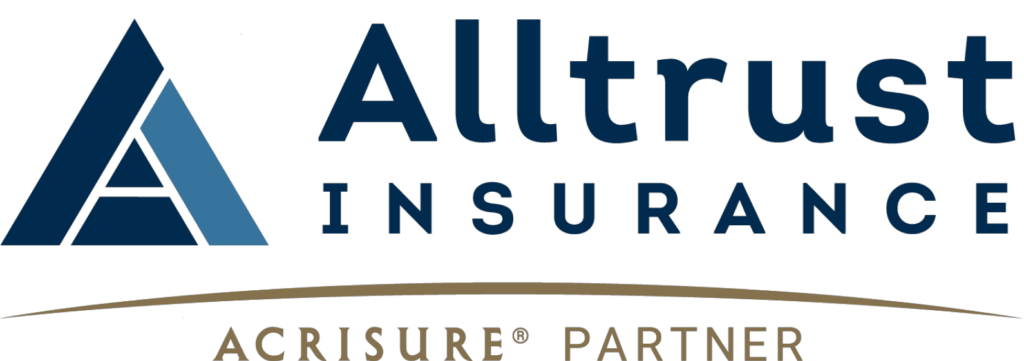The end of the year marks a time of celebration and commemoration for most, but for business owners and executives, it’s a time for framing the upcoming year. However, it might not be ideal to wait until December to start planning for 2023. Starting budgetary and strategic planning a few months early can help set the business for success and streamline the process. In this blog, we’ll cover why it’s imperative to get a head start, tips for creating budgets, and an end-of-the-year checklist.
Why Starting Early is Important
The end of the year can be a very stressful time in the workplace, trying to beat fiscal and tax deadlines while also preparing for the upcoming year. Creating budgets, KPIs (key performance indicators), and year-end planning all take time, and getting a head start will help make that time a little less stressful and help prevent errors. There is a lot of data to gather, sort, and analyze, which can be tedious and time-consuming. October or November is a prime time to begin this operation, finalizing everything by December.
Starting this process in December will add unnecessary pressure and rush employees to finish everything under the wire. While certain things can only be done at the end of the year (financial report, reconciling accounts, etc.), accomplishing whatever can be done early allows more time for future planning. This time can also be used for reviewing the previous year(s) and how the company has progressed. Tracking the progress of targets or KPIs is vital for setting goals and creating execution plans.
Key Performance Indicators
KPIs refer to a set of quantifiable measurements used to gauge a company’s performance (financial, marketing, sales, etc.). KPIs rely on data collection and can help determine a company’s strategic, financial, and operational achievements. The goal of KPIs is to communicate results and track progress, allowing management to understand what is working or not working within the company. They serve as a direct link between goals and business operations. It would be ineffective to set goals without having a way to track the progression and understand what the successful methods are.
Depending on the type of KPI, it can also hold employees more accountable. Here are some examples of common KPIs:
- Financial – growth in revenue, net profit margin, and inventory turnover
- Customer – lifetime value, net promoter score, and average ticket time
- Process performance – employee turnover, employee satisfaction, and time frame for order fulfillment
- Marketing – retention rate, monthly new leads, and average time on page
- IT – issue handling time, server downtime, and recovery time objective
- Sales – net sales, cost of new clients, and sales by leads
- Staffing – fill rates, conversions, and cost per hire
For most small to medium-sized businesses, implementing two to three KPIs is sufficient. Tracking too many details can be overwhelming, leaves room for error, and strays from reaching targeted goals.
Tips for Setting Budgets and Goals
The budget is the foundation of the financial future of the company. Since the onset of the pandemic in 2020, it’s become increasingly challenging to use previous budgets as a reference tool. Having a zero-based budget might be a more manageable approach. When creating a budget, discussing company goals and objectives is crucial, ensuring the budget reaches the targets.
Some key elements to consider for budgets are:
- Cybersecurity and technology – More and more companies and customers conduct business transactions online. However, customers might be wary of online transactions if the company needs more cyber security. Cybersecurity and technology should be top investments. Implementing new technologies into the company can help automate several areas (accounts payable, tracking hours, etc).
- Improving employee retention – The company’s staff is one of the most important assets. Keeping employees happy and healthy with comprehensive benefits packages is an excellent way to improve employee retention. Aspects to include for benefits plans are salaries, health insurance, mental health resources, paid time off, parental leave, and retirement plans.
- Accounting changes – There might be adjustments to the accounting standards to comply with the ever-changing tax laws. Staying informed of any changes to tax standards and laws can prevent costly fines.
- Marketing – Market trends are constantly developing. Staying on top of marketing trends can increase sales and revenue. Dedicating sufficient monies towards effective marketing will enhance brand awareness, bring in new customers, and expand the company.
- Human Resources – HR is fundamental for companies to run smoothly. The pandemic showed how imperative it is to have an effective HR team to handle the changing workspace and accommodate employees. Each year, there are technological advances that can be implemented in HR departments.
Prepare for 2023 with Alltrust
The holidays are quickly approaching, which means 2023 will be here soon. Preparing now for the upcoming year is an excellent way to set the company up for success. These past few years have shown never before seen challenges. Adequate planning can help companies face obstacles while promoting their success. Alltrust is here to see you through to the new year and ensure your company and employees are taken care of. Contact Alltrust today to learn about our services and how we can help you plan for the future.





